NAEP provides results on student achievement, instructional experiences, and school environment factors for the nation, states, and participating urban districts. Since NAEP is not designed to report results for individual students or schools, it is not necessary for every student in every school to take the assessment. Instead, an accurate picture of student performance is obtained by administering NAEP to a sample of students who represent the student population of the nation as a whole and of individual states and districts participating in
Trial Urban District Assessment (TUDA).
To ensure that a representative sample of students is assessed, NAEP is given in a sample of schools whose students reflect the varying demographics of a specific jurisdiction, be it the nation, a state, or a district. Within each selected school and grade to be assessed, students are chosen at random to participate in NAEP. Every student has the same chance of being chosen—regardless of race/ethnicity, socioeconomic status, disability, status as an English learner, or any other factors.
It is important that all selected schools and students participate in NAEP. Participation is vital for valid information about the performance of students across the country to be collected and shared. Elected officials, policymakers, and educators all use NAEP results to develop ways to improve education.
The following steps are used to select a sample of public schools and students in a year when NAEP reports state-level results. Private schools are not included in a state-level sample, which focuses solely on public schools.
1. Identify all potential schools in each state.
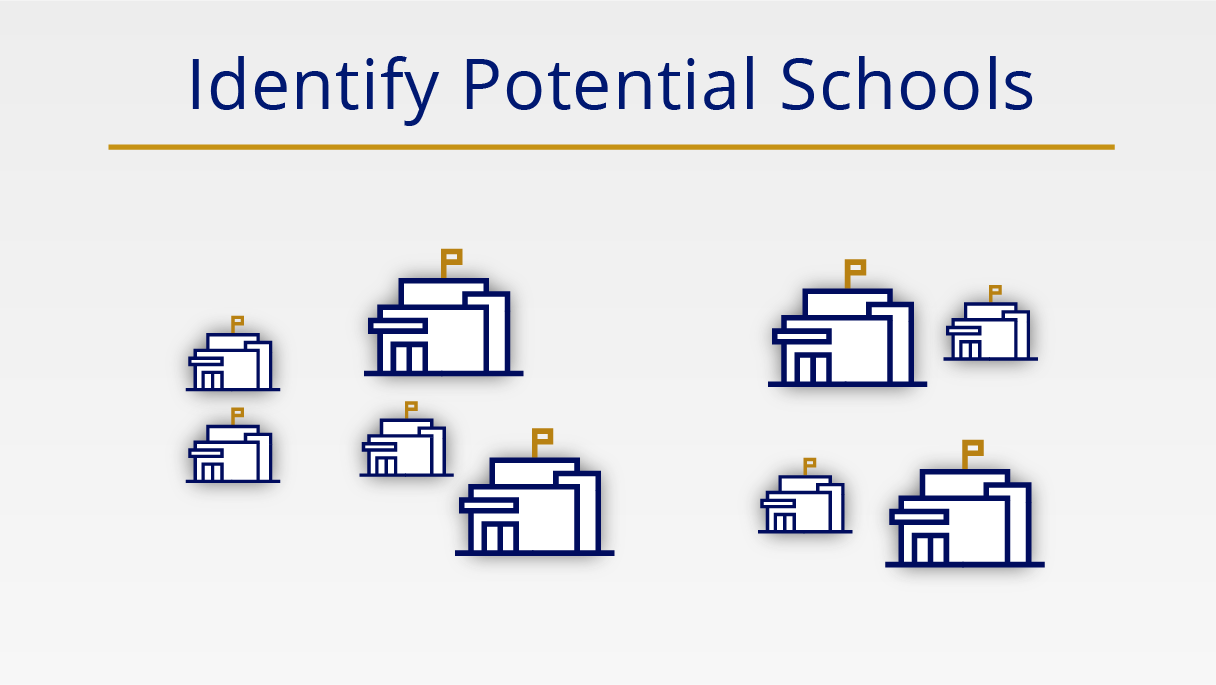
An initial list of all public schools in the nation is compiled using the U.S. Department of Education’s most current public education system database. The national list is then divided into separate lists of schools within each state to begin the sampling process.
2. Classify schools into groups.
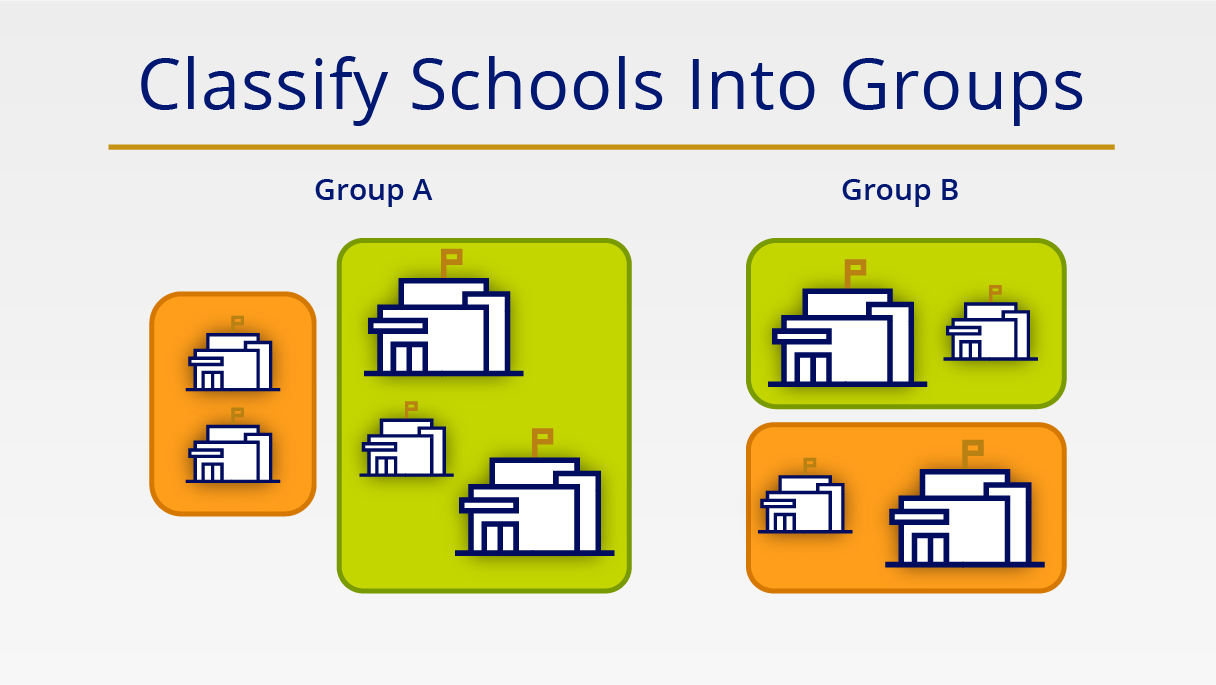
Using the list, schools within each state are classified into groups, first by type of location and then by the racial/ethnic composition of the schools within those locations. This step ensures that the sampling process takes into account the distribution of schools and students across rural, suburban, and urban areas, and the diversity of the student population in each state.
3. Within each group, order schools by student achievement.

In each sampled school, a list is compiled of all students within the grade to be assessed. From this list, a sample of students is randomly selected by NCES for participation in the assessment. Every student in a sampled school has an equal probability of being selected. After the sample is drawn, students are assigned a single subject area in which to answer questions. NAEP staff members work with the school to verify the accuracy of student demographic information.
4. Develop an ordered list for sampling.
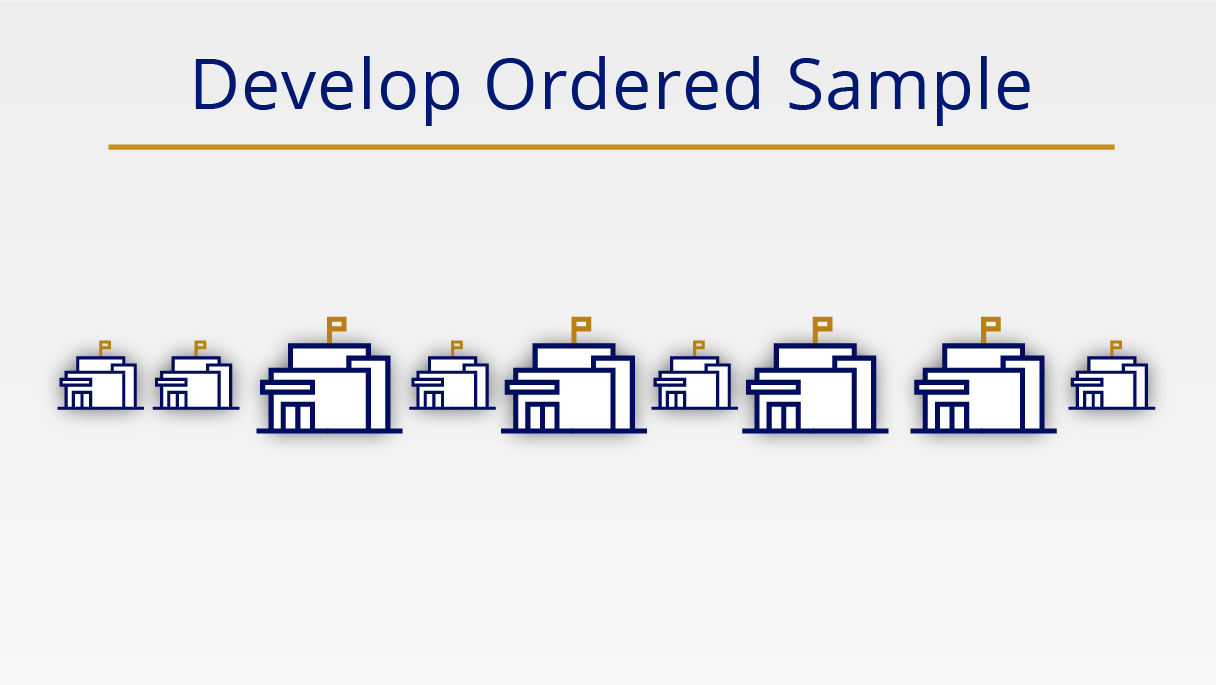
The groupings of schools determined in steps 2 and 3 are then placed into a comprehensive ordered list for sampling, i.e. by type of location, race/ethnicity, and student achievement. The probability of a school being selected for the NAEP sample is calculated based on the size of its enrollment in relation to the size of the state’s student population at the selected grade level and the number of schools needed for the assessment. Schools with large enrollments are more likely to be selected because their students represent a large proportion of the state’s student population.
5. Select the school sample.
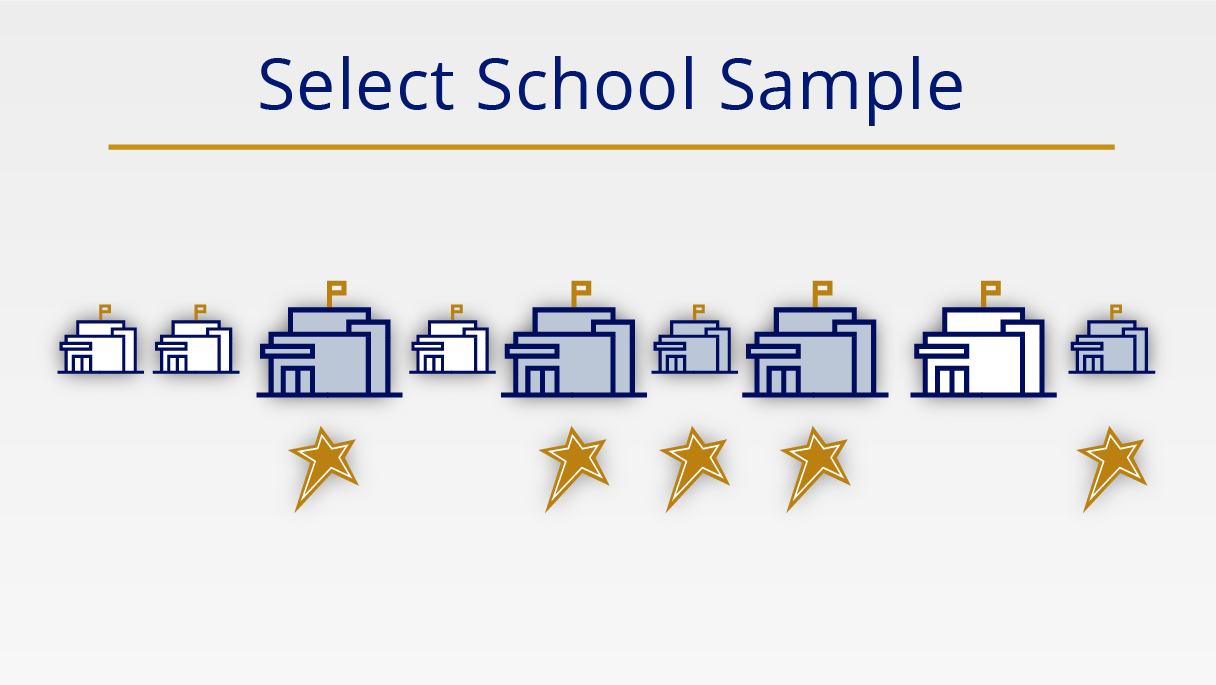
The sample of schools is drawn for NAEP participation with a systematic sampling procedure. The procedure ensures that each school has the correct selection probability, as calculated in Step 4. By proceeding systematically throughout the entire list, schools of different sizes and varying demographics are selected and a representative sample of students in the state will be chosen for the assessment.
6. Confirm school eligibility.
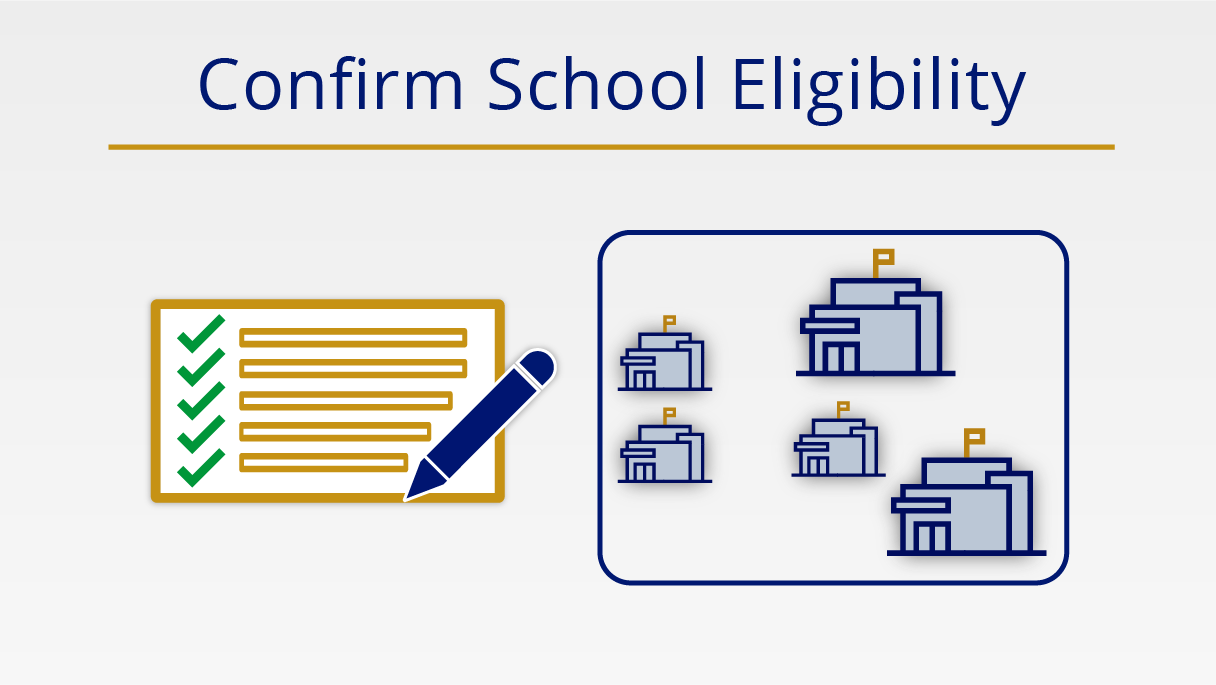
The list of schools selected to participate is sent to each state department of education to verify that the schools are eligible for participation. Some factors that would make a school ineligible include school closure or if the school does not have students in the grade level being assessed.
7. Within sampled schools, select students to participate in NAEP.
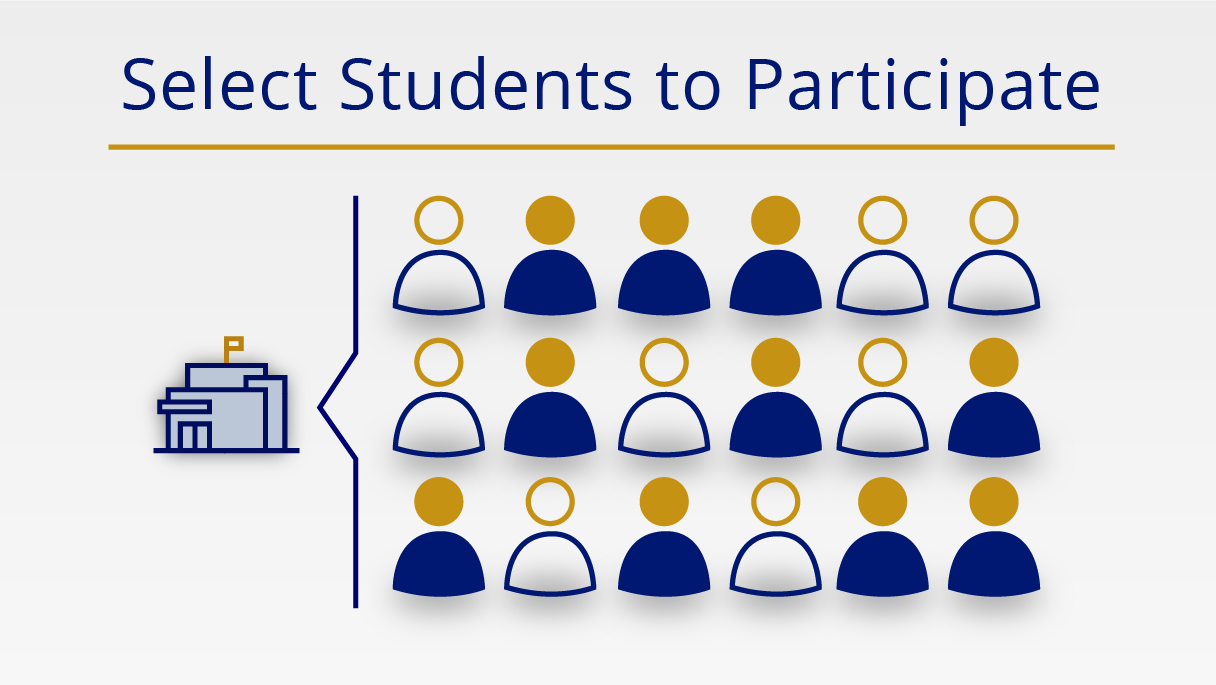
The National Assessment of Educational Progress (NAEP) is the largest nationally representative and continuing assessment of what America's students know and can do in various subject areas. Paper-and-pencil assessments are conducted periodically in mathematics, reading, science, writing, the arts, civics, economics, geography, U.S. history, and in Technology and Engineering Literacy (TEL). Beginning in 2017, NAEP will begin administering digitally based assessments (DBA) for mathematics, reading, and writing, with additional subjects added in 2018 and 2019.
NAEP assessments are conducted across the nation, states, and in some cases, urban districts. National results are reported for all assessment subjects. Mathematics, reading, science, and writing are also assessed at the state level and for participating urban districts. For national assessments, students in both public and private schools are assessed. At the state level, only public school assessments are reported. Reports are never reported for individual students.






